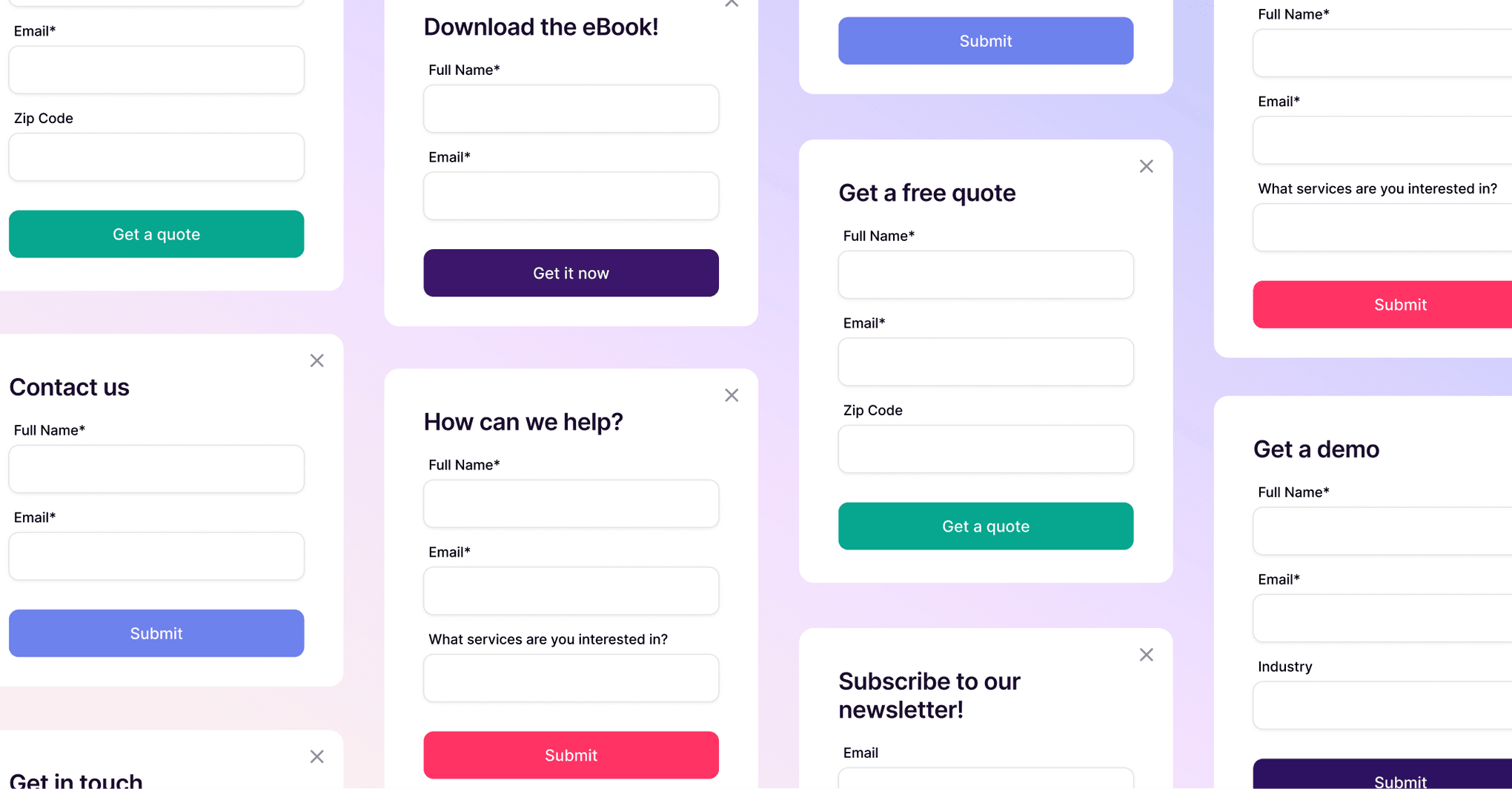Copper Staff
Contributors from members of the Copper team
Key takeaways
PR agencies can replace expensive media databases like Cision and Meltwater with CRM systems to manage their curated list of 15-50 relevant journalists more effectively than paying for access to hundreds of thousands of irrelevant contacts.
CRMs enable PR teams to centralize journalist intelligence, track relationship health, segment media lists by beat and interests, and collaborate without losing context when team members change.
Traditional media databases focus on volume and scale while CRMs prioritize relationship management, personalized outreach, and tracking meaningful connections rather than just email metrics.
Copper CRM's native Gmail integration lets PR teams manage journalist relationships directly from their inbox, with features like custom fields for tracking journalist beats, pipeline stages for coverage opportunities, and bulk email capabilities that maintain the personal touch essential for media relations.
If your agency is still paying thousands for a media database, only to pitch the same 20 journalists over and over again… we need to talk.
Sure, tools like Cision, Meltwater, and Muck Rack promise access to hundreds of thousands of journalist contacts. But when your niche client only needs coverage from 30 of them, that “global database” quickly turns into a sea of irrelevant names and bounce-back emails.
The truth is: the future of media relations isn’t about having the longest contact list. It’s about managing journalism contacts with precision, care, and context.
And that’s where a customer relationship management (CRM) platform — or a PR CRM — built for relationship-driven and public relations outreach, makes all the difference.
The problem with traditional media databases
Legacy PR tools were built for volume. Their whole thing is: “We’ve got every journalist ever!” And hey, that sounds impressive… until you realize your client isn’t trying to land a story on every outlet in existence.
When your client’s story is hyper-specific — like a new AI tool for small restaurant chains or a sustainable material made for boutique hotels — casting the widest net doesn’t always get you the right fish.
Instead, maybe they just want to get in front of the 10 or 20 influencers who actually get what they’re doing.
More isn’t always better. Especially when your clients are in niche industries, tied to specific regions, or need coverage that’s actually relevant — not just a line in someone’s inbox.
If your agency:
Focuses on a vertical like tech, food, travel, or education
Already has a tight-knit network of journalists you trust
Cares way more about managing contacts than endlessly adding new ones
…then you probably don’t need another giant database.
You need a better way to manage journalism contacts — something like a PR CRM that’s actually built for your kind of work. One that helps you stay organized, keep relationships warm, and pitch smarter without the clutter.
What a CRM can do that a media database can’t
Managing journalism contacts isn’t about having the longest list. It’s about knowing who to reach out to, when, and why. Most media databases don’t help with that.
They’re built for scale. You’re built for connection.
Here’s what a CRM can do that those massive databases just... don’t.
1. Centralize all your journalist intel
If you’re managing contacts through spreadsheets, Google Contacts, or a mess of Slack notes, you already know how chaotic it can get.
A CRM gives you one home base to:
Build your own curated media list with fields like beat, outlet, region, or pitching preferences.
Store journalist profiles with notes, contact history, and links to past coverage.
Share visibility across your team so no one double-pitches or drops the ball.
Instead of chasing down notes across five platforms, you can see the full picture instantly. New team members can get up to speed in minutes, not weeks.
And your media list finally becomes an actual relationship management tool, not just a digital rolodex.
2. Stay in touch, without spamming
You’re not pitching 5,000 reporters. You’re managing a media contact database of 15 to 50 journalists you actually know.
With a CRM, you can:
Send personalized pitches that feel like thoughtful check-ins, not mass emails.
Set reminders or automations to follow up post-launch, post-event, or just because.
Track clicks and replies to PR outreach emails.
Because managing contacts well means showing up at the right moment with the right message. And when you do, your pitch stands out, because it doesn’t feel like a pitch at all.
You can keep your follow-ups warm and relevant, without needing a spreadsheet full of sticky notes.
Get the latest from our blog every month
3. Segment your media list intelligently
Good pitching starts with smart targeting. The difference between a “maybe” and a “yes” is often just sending the right story to the right person. In your CRM, you can:
Tag contacts by beat (e.g., funding, product reviews, social impact).
Create segmented PR email lists for specific campaign types.
Keep track of who’s already covered your client—and how they felt about it.
This gives you the power to tailor your messaging based on past interactions and journalist interests. Forget generic press release distribution tools. Use tags and filters to deliver exactly the right message to exactly the right journalist.
4. Collaborate without chaos
Most PR teams lose time and context when media contact info is scattered across inboxes or spreadsheets. And when you're working across time zones or juggling multiple campaigns, that disorganization can cost you coverage.
With a CRM:
You have a shared timeline of every pitch, reply, and journalist touchpoint.
Junior staff don’t accidentally double-pitch someone your senior team knows personally.
If someone leaves the team, you don’t lose valuable media relationships.
This is where media relations management meets real operational efficiency. Everyone sees the same story, the same updates, the same intel. Which means more collaboration, less confusion, and fewer “Wait—did someone already reach out?” moments.
5. Track relationship health and not just outreach volume
PR software like Meltwater or Muck Rack may show how many emails you sent. But a CRM shows:
Which journalists actually click your emails.
Who replies—and who ghosts.
Where relationships are slipping and where they’re strong.
In short: it shifts the focus from quantity of outreach to quality of connection. So instead of chasing media hits, you’re building meaningful relationships. And those relationships? They’re what drive consistent, earned media wins.
What to look for in a PR CRM
Not all CRMs are created equal. You want something that combines the simplicity of Folk with the collaboration features of tools like Prowly or Keap — while still being flexible enough to fit your media workflows, not fight them.
Look for:
Seamless Google Workspace or Gmail integration.
Easy media list building and media contact segmentation.
Lightweight pipelines to track PR opportunities and coverage.
Built-in bulk emailing (with merge fields for personalization).
Smart search and filters to find the right contact fast.
You don’t need to buy an expensive journalist database. You need to build your own, tailored one, and maintain it with care, using a PR CRM that fits your flow.
You don’t need a database, you need a PR CRM
Paying tens of thousands per year for access to a massive media database makes sense if you do high-volume outreach. But if your team is building trust with a focused group of journalists, you don’t need more names. You need better tools to manage and grow those relationships.
A good PR CRM lets you stay organized, follow up thoughtfully, and track the full story behind every contact. It turns scattered notes and inbox searches into a system your whole team can actually rely on.
Ditch the bloat. Ditch the noise. Choose a CRM that helps you treat journalists like people—not rows in a database.
(And P.S. that’s exactly why teams are switching to tools like Copper.)






